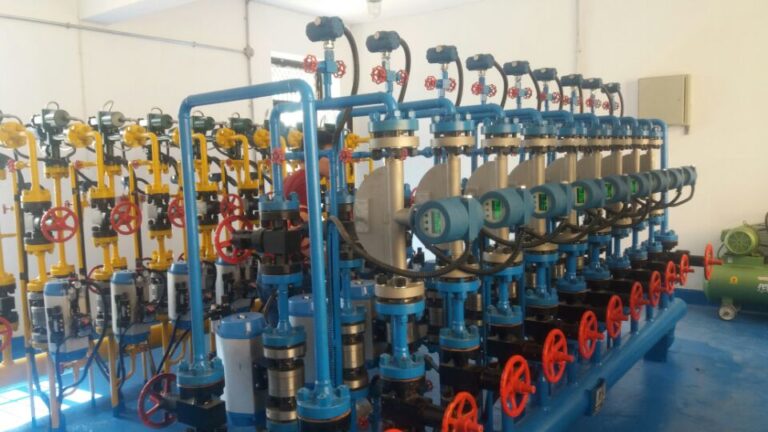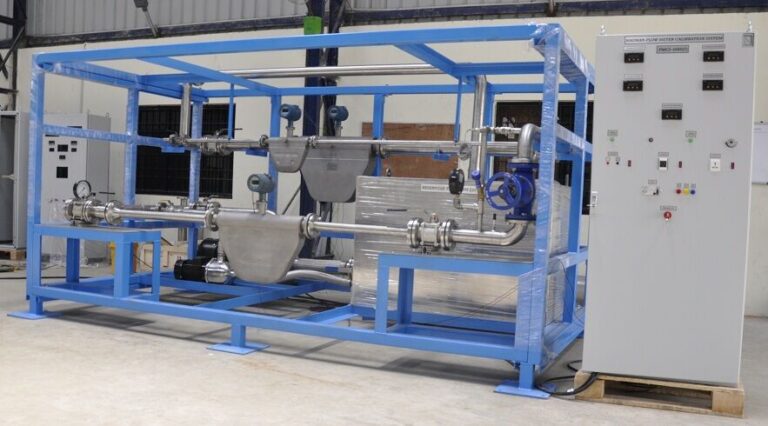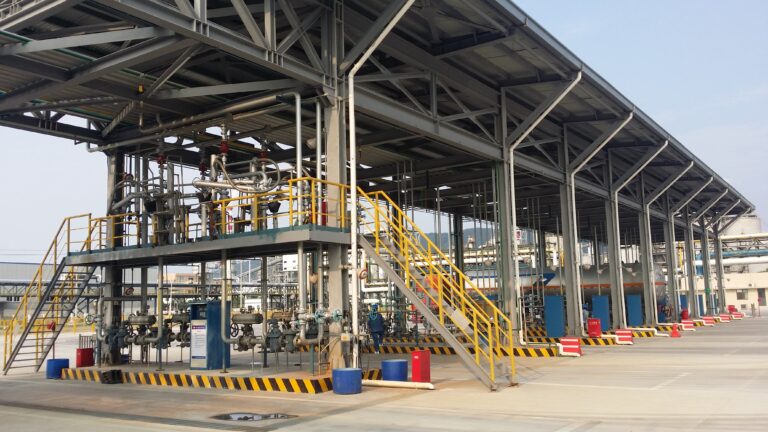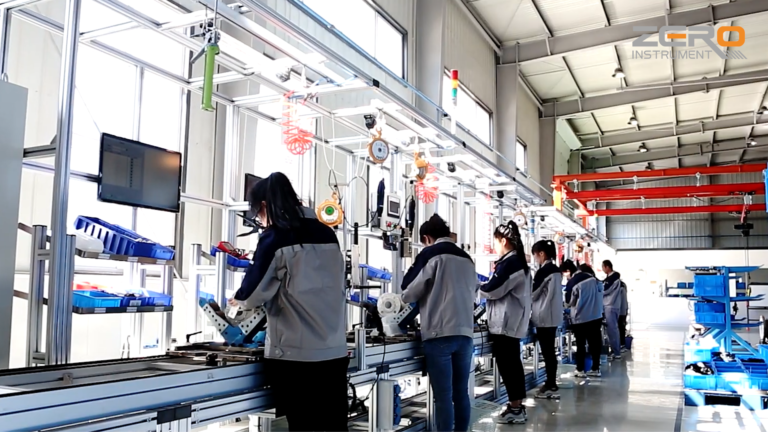There are two forms of voltage and current changes when they are transmitted through wires, which we call “common mode” and “differential mode”. The power line of the equipment, the communication line of the telephone, and the communication line that exchanges with other equipment or peripherals have at least two wires. These two wires are used as round-trip lines to transmit power or signals. But there is usually a third conductor in addition to these two wires, which is the “ground wire”.
There are two types of interference voltage and current: one is that two wires are used as round-trip lines for transmission; the other is that two wires are used as the outgoing line and the ground wire is used as the return line for transmission. The former is called “differential mode” and the latter is called “common mode”.
The display instrument used on site has complex environmental conditions, and most of the measured parameters are converted into weak low-level voltage signals and transmitted to the display instrument over long distances. Therefore, in addition to useful signals, there will be some interference signals that are irrelevant to the measured signals mixed in, which will affect the correctness of the measurement results. In serious cases, the instrument cannot work properly. This article introduces the ways to generate interference and the measures to eliminate interference.

Interference pathway
Interference sources may exist inside or outside the instrument. For example, outside the instrument, high-power electrical equipment, high-power transformers, and power grids may all be interference sources. Inside the instrument, power transformers, coils, relays, switches, and power lines may all be interference sources. Interference sources often enter the instrument through the following ways.
1. The connecting wires between the signal source and the instrument, and the wiring inside the instrument form interference in the circuit through magnetic coupling. There is a strong AC magnetic field in the high-power transformer, AC motor, power line and surrounding space, and the closed loop will induce an electric potential in this changing magnetic field. This induced potential is connected in series with the useful signal. When the sensor is far away from the display instrument, this series mode interference is particularly prominent.
2. The interference source forms interference in the loop through the coupling of capacitors, which is the result of the interaction between two electric fields. Through electrostatic coupling, a common voltage to the ground can be induced at the two input ends, which appears in the form of common mode interference. Since common mode interference is not superimposed on the signal, it does not directly affect the instrument. However, it can form a leakage current to the ground through the measurement system, and this leakage current can directly act on the instrument through the coupling of resistors to cause interference. The interference formed by electromagnetic induction and electrostatic induction is mostly power frequency interference voltage, but frequency converters, motors with commutators, etc. will generate harmonic interference. Interference voltage will also be induced on the power line due to the effect of lightning.

3. In some temperature measurement occasions, when the thermocouple electrode is directly welded to the metal part that is heated by electricity, the interference voltage introduced is also very large because there is a potential difference at each point of the metal part parallel to the current direction. Under high temperature conditions, the insulation resistance of refractory materials drops sharply, and the insulation performance of the porcelain protection tube and porcelain beads of the thermocouple will also drop. Then the power supply voltage of the electric furnace leaks to the thermocouple wire through refractory bricks, thermocouple sleeves, porcelain beads, etc., generating interference voltage between the thermocouple electrode and the ground.
4. There is often a potential difference between different points in the earth, especially near high-power electrical equipment. When the insulation performance of these equipment decreases, the potential difference is even greater. When using field instruments, sometimes there are more than two grounding points in the loop without paying attention, which will introduce the potential difference between different grounding points into the display instrument and form common mode interference.
5. When the bridge power supply of the instrument is grounded, in addition to the unbalanced signal voltage output by the bridge, there is also a common voltage between the signal line and the ground. This common voltage is not the signal voltage to be measured, but a manifestation of common mode interference.

Series mode interference and common mode interference
Taking the two PCB traces on the motherboard (wires connecting the various components of the motherboard) as an example, the so-called series-mode interference refers to the interference between the two traces; while common-mode interference is the interference caused by the potential difference between the two traces and the PCB ground wire.
1. Series-mode interference
Series-mode interference (differential-mode interference) and common-mode interference (ground interference). Taking the two PCB traces on the motherboard (the wires connecting the components of the motherboard) as an example, the so-called series-mode interference refers to the interference between the two traces; while the common-mode interference is the interference caused by the potential difference between the two traces and the PCB ground wire.
In the past, it was recommended to use a tube voltmeter to measure the series-mode interference voltage. In the field, a digital multimeter with an AC millivolt range can be used for measurement. As shown in the figure above, the voltmeter is connected across the positive and negative terminals of the instrument input for measurement. Usually, the series-mode interference voltage is mostly in the range of a few millivolts to tens of millivolts.
2. Common-mode interference
Common-mode interference refers to the AC signal in which the interference voltage appears between any input terminal (positive or negative terminal) of the instrument and the ground. This interference is also called “ground interference” and “longitudinal interference”.
To measure the common mode interference voltage, you can use a high impedance voltmeter or the AC voltage range of a digital multimeter. As shown in the figure above, first connect the voltmeter between the positive input terminal of the meter and the ground, and then connect the voltmeter between the negative input terminal of the meter and the ground. Usually, the common mode interference voltage is mostly in the range of a few volts to tens of volts.

Anti-interference sources and Anti-interference measures
Sources of common-mode interference: high-power transformers, AC motors, frequency converters, etc. all have strong alternating magnetic fields. If the connecting wires of instrument measurement and control pass through the alternating magnetic field, they will be affected by these alternating magnetic fields, inducing AC voltage in the input circuit of the instrument, and becoming interference signals.
In order to overcome the influence of common-mode interference on instruments and control systems on site, the following measures can be taken:
1. Signal lines of thermocouples and analytical instruments should be transported away from strong electromagnetic fields and not too close to power lines;
2. Do not place instrument signal lines, control signal lines and power lines in parallel in the same bridge tray, or in the same threading tube. If necessary, the signal line should use shielded wires or shielded cables, and the shielding layer of the line should be grounded at one end;
3. Add a filter circuit at the input end of the instrument;
4. For intelligent instruments, set digital filter constants according to the on-site conditions and increase the number of filter circuits if necessary.

In order to overcome the influence of common mode interference on instruments and control systems on site, the following measures can be taken:
1. Float the measuring thermocouple;
2. Float the instrument amplifier;
3. If the measurement object allows, do not use exposed-end thermocouples to avoid grounding the thermoelectrode;
4. The thermocouple protection sleeve must be reliably grounded;
5. Use equipotential shielding when using shielded wires;
6. Install bypass capacitors on the signal line.
